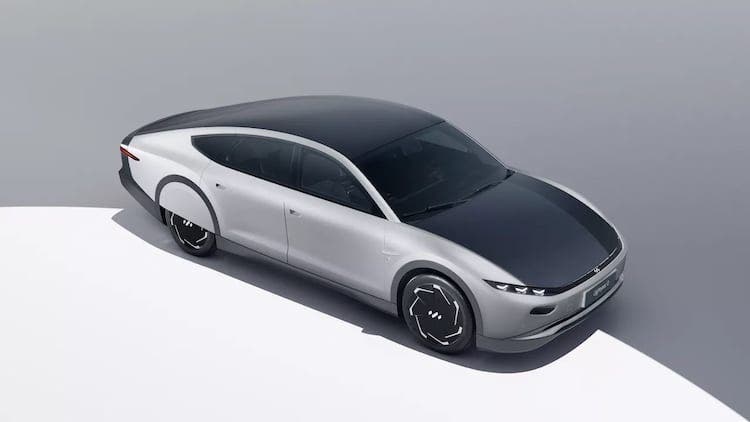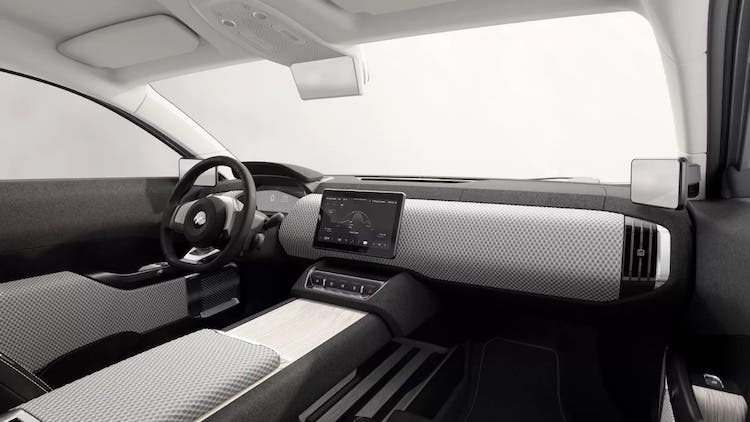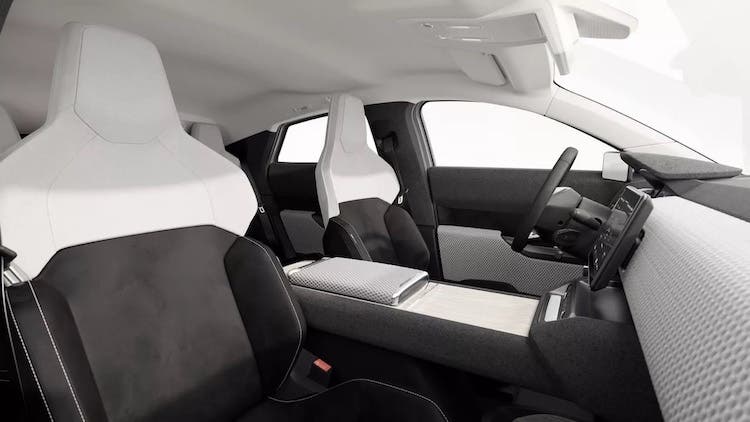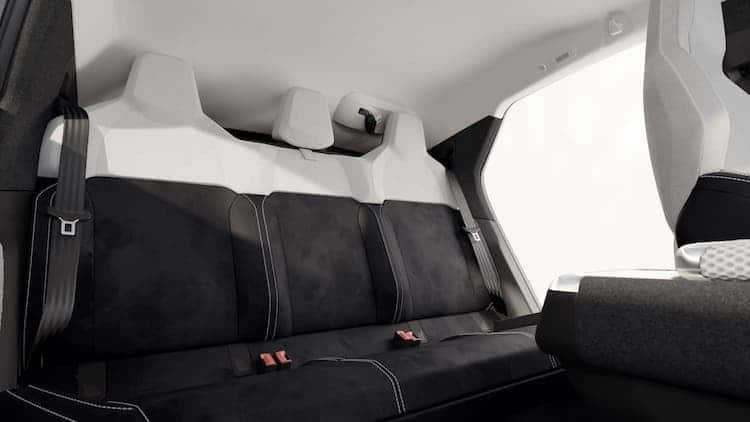
Electric vehicle (EV) sales have ramped up tremendously in the last few years, but their overall market share is still very much tiny, negating their potential for decarbonizing the transportation sector. For instance, in the US, EV registrations have doubled over the past year, but they totaled only about 5% of all new cars.
One of the reasons why many prospective buyers in the market for a new vehicle are reluctant to switch to electric is range anxiety. Although the autonomy of EVs has improved tremendously, now regularly averaging 200 miles (360 kilometers), people either overestimate the real range they actually need from an EV or are simply wary of having to find a charging point and deal with the subsequent waiting time. In short, there’s this impression that EVs are not yet as convenient to drive as fossil-fuel vehicles, which may or may not truly be the case depending on where you live.

Lightyear, a startup from the Netherlands that raised €150 million in investment, is launching the world’s first production-ready solar-powered electric vehicle, perhaps with such prospective buyers in mind.
Their futuristic-looking vehicle, known as Lightyear 0, is covered in five square meters of sleek solar panels that are perfectly integrated with the car’s streamlined design, very radically different from the dull, blue panels you see perched on many rooftops. These solar panels charge the car’s battery while it’s either parked outdoors or driving in the burning sun.
Under optimal conditions, the solar cells covering the top of the car should be able to add up to 44 miles (70 km) a day to the battery’s 388-mile (625 kilometers) capacity, the company said. In theory at least, that’s enough to meet people’s average commutes and daily trips without ever having to plug the car in a socket.

That’s, of course, predicated on the average number of overcast days where you live. According to tests run by the startup, considering a daily 22-mile (35 kilometers) drive, the Lightyear car could be driven for two months in the Netherlands without having to be plugged in, whereas in sunny countries like Spain or Portugal the EV could charge itself in the sun reliably for seven months. When it’s too cloudy, you have to plug in the vehicle for charging just like any other regular EV.

But the innovation isn’t in the solar cells themselves, but rather in the ‘holistic’ design of the vehicle. Every part and assembly choice is optimized to reduce drag and friction, as well as reduce energy consumption so the power harnessed by the solar cells can actually provide a meaningful range. For instance, there are no side-view mirrors as these add too much air friction, their function being replaced by cameras that feed side and back views to a display in the dashboard. The materials used in the car have been chosen to be as lightweight as possible from the electric motors to the interior, which is made from vegan leather and recycled polyethylene terephthalate bottles.




“If we would have the same amount of energy that we harvest on these panels on any other car that uses three times the amount of energy to drive, it becomes useless. It becomes a very expensive gimmick,” Roel Grooten, the lead engineer of Lightyear, told The Guardian, who recently took the car for a test drive in northern Spain. “You have to build this car from the ground up, to make it as efficient as possible, to make it this feasible.”
For those looking to buy new cars, however, be warned that the world’s first production solar-powered car is by no means cheap, though. The asking price for the sedan is €250,000 ($265,000), an awful lot of money to pay just to have your car charge in the sun. Apart from a few (very wealthy) early adopters, it’s difficult to see solar cars making a dent in climate change. However, the Dutch startup views this as a proof of concept with the long-term goal of launching a commercial solar-powered EV in the $30,000 range.
At the moment, Lightyear 0 is just months away from entering its production run, which is slated to deliver up to 950 vehicles across Europe. After they’ve proven themselves to the market, the Dutch company wants to introduce an affordable product that is no longer exclusive to millionaires.
Lightyear isn’t alone either. Munich-based Sono Motors is planning to release Sion, a small car covered in 456 solar cells that can add 112 km of driving range to the car’s battery, on average, per week. Meanwhile, legacy automakers like Mercedez-Bens and Toyota are also working with prototypes that involve outfitting their next EVs with rooftop solar cells.
All images courtesy of Lightyear.


